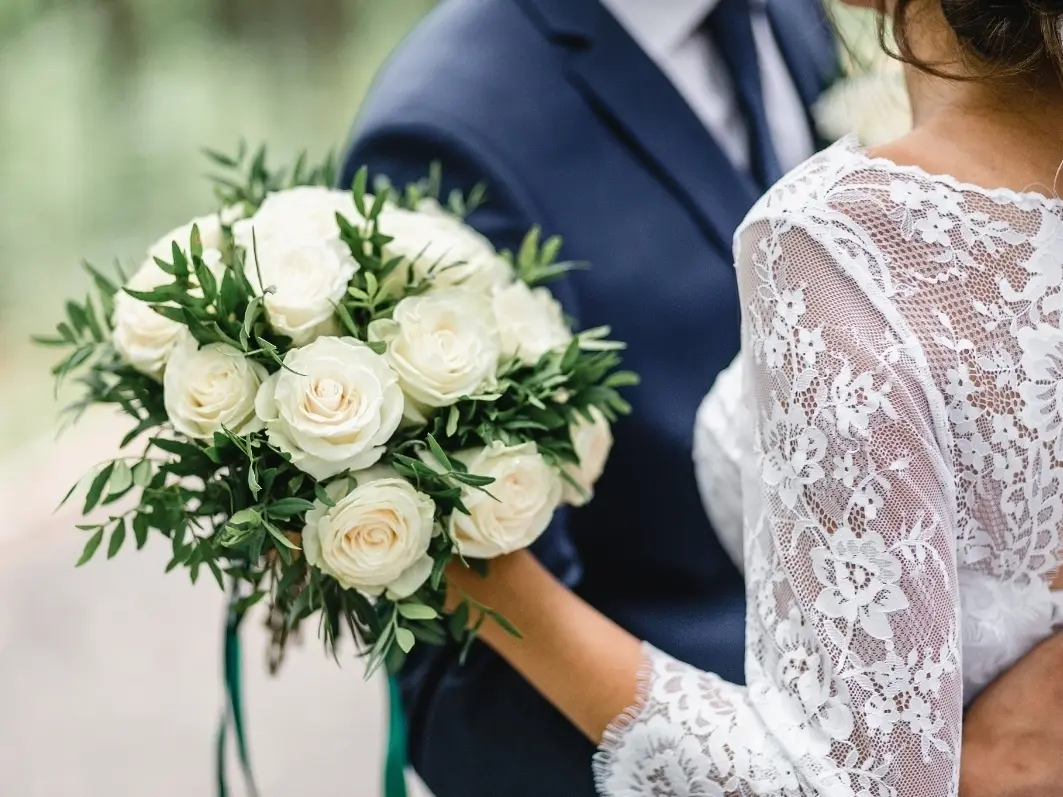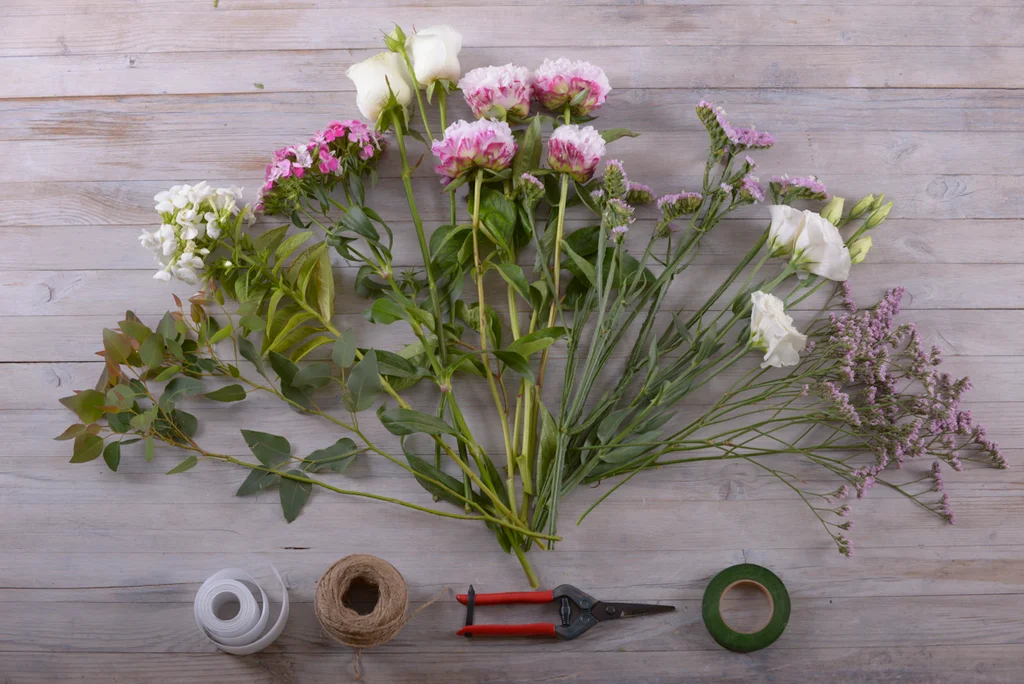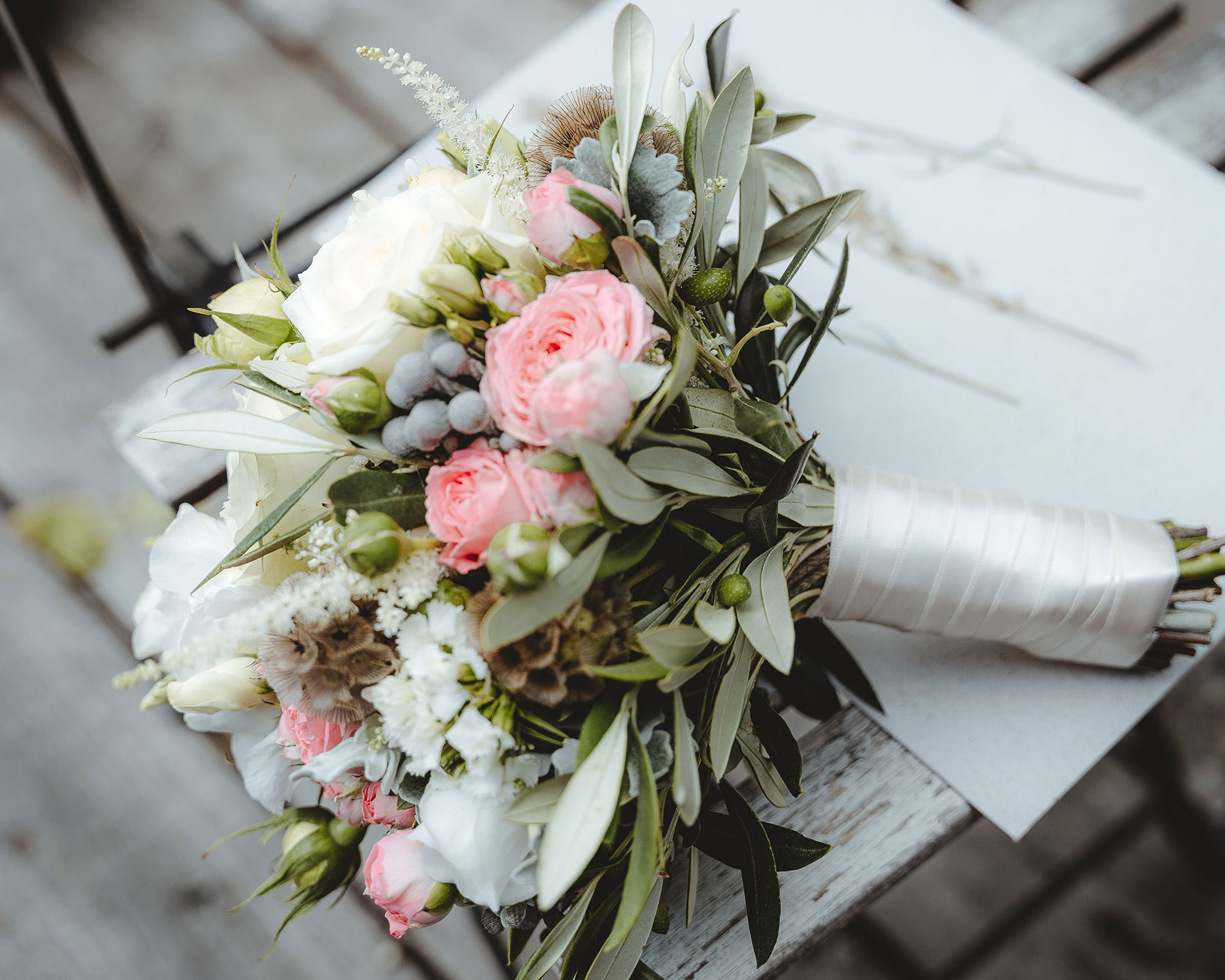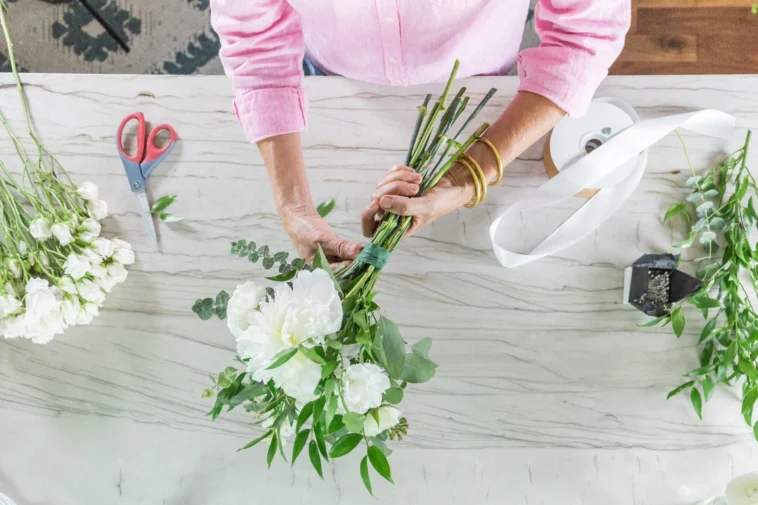Creating your wedding bouquet can be a deeply personal and rewarding experience. This guide provides step-by-step instructions to help you design a stunning bouquet, that reflects your style and the theme of your wedding. With practical tips and artistic insights, you’ll be equipped to create a masterpiece that adds a special touch to your big day.
Understanding the Basics of Bouquet Design
Choosing the Right Flowers
When selecting flowers for your bouquet, consider the color theme of your wedding and the season. Traditional wedding flowers like roses and lilies are popular for their elegance and variety of colors. For a unique touch, consider seasonal flowers; peonies and daisies are great for spring, while sunflowers and dahlias suit summer weddings. Think about the longevity of the flowers too; some may wilt faster than others. Additionally, factor in the logistics of bouquet delivery to ensure your chosen flowers will stay fresh and vibrant until the moment you walk down the aisle.
Balancing Colors and Textures
A harmonious bouquet balances colors and textures. Combine different types to add depth. For instance, mix smooth, elegant roses with textured greenery like eucalyptus. Consider color theory: complementary colors (opposite on the color wheel) create vibrant contrasts, while analogous colors (next to each other on the wheel) offer a more harmonious look. Aim for a balanced yet dynamic composition.
Selecting and Preparing Your Flowers

Sourcing Your Flowers
You can source flowers from local florists, markets, or even online. Local florists can offer advice and might let you mix and match individual stems. Markets provide a wide range at competitive prices. Online suppliers offer convenience, though you won’t see them in person before buying.
Preparing the Flowers
Once you have your flowers, prepare them by removing lower leaves and thorns. This prevents bacterial growth in the water and makes it easier to handle. Cut the stems at a 45-degree angle for better water absorption. Hydrate it in water for a few hours before arranging them; this helps them stay fresh longer.
Building Your Bouquet
Arranging the Flowers
Start by choosing a focal flower, and then adding complementary blooms around it. Work in a spiral pattern, turning it as you go. This method ensures an even distribution and a rounded shape. Insert greenery between flowers to add volume and texture. Regularly check it from different angles to maintain symmetry.
Securing and Finishing
Once you’re happy with the arrangement, secure it with floral tape or a rubber band. Wrap the stems with ribbon or fabric that matches your wedding theme. Leave enough stem exposed for a natural look and easy handling. Trim the ends evenly for a polished finish. Keep it in water as long as possible before the ceremony.
Personalizing Your Bouquet
Adding Unique Elements
Personalize your bouquet with elements that hold special meaning. This could be a family heirloom, like a piece of jewelry, or something symbolic, like a locket with photos. You can also include non-floral elements like berries, feathers, or decorative pins for a unique touch.
Reflecting on Your Wedding Theme
Your bouquet should reflect the overall theme of your wedding. For a rustic wedding, add elements like twigs or burlap. For a beach wedding, consider incorporating seashells or starfish. Think about the color scheme, style, and atmosphere of your wedding when choosing decorations for it.
Caring for Your Bouquet

Before the Wedding
Keep your bouquet fresh before the big day by storing it in a cool, humid environment. Avoid direct sunlight and heat sources, as they can cause flowers to wilt. Change the water daily and recut the stems if necessary. This keeps the blooms hydrated and prolongs their life.
On the Wedding Day
On your wedding day, take the bouquet out of the water and gently pat the stems dry. Handle the bouquet carefully to avoid damaging the flowers. Keep it in a cool place until it’s time to walk down the aisle. Have a bridesmaid or helper be in charge when you’re not holding it.
Incorporating Seasonal and Local Flora
Embracing Seasonal Beauty
Incorporating seasonal flowers in your bouquet not only adds freshness but also connects your wedding to the time of year. Spring offers a range of blossoms like tulips and cherry blossoms, while autumn brings rich, warm colors with blooms like marigolds and chrysanthemums. Using seasonal blooms can also be more sustainable and budget-friendly.
Utilizing Local Flora
Using local flora adds a unique and personal touch to it. It reflects the natural beauty of the wedding’s location and supports local businesses. Visit local gardens or farmers’ markets to find inspiration and source distinctive flowers that you might not find in a traditional florist shop.
Integrating Symbolism and Tradition
Symbolic Flowers
Many flowers carry symbolic meanings that can add depth to your wedding bouquet. Roses symbolize love and passion, lilies represent purity, and peonies symbolize prosperity. Research the meanings behind different blossoms to add a layer of personal or cultural significance to your arrangement.
Honoring Traditions
You can honor family or cultural traditions through your bouquet. This could involve using flowers from your family’s heritage or incorporating traditional elements like herbs or specific colors. This not only personalizes it but also pays homage to your roots and heritage.
Mastering the Techniques of Bouquet Assembly

Basic Techniques
Understanding the basics of bouquet assembly is crucial. Learn techniques like spiral stem placement for a balanced look and proper stem cutting for longevity. Familiarize yourself with floral foam for more intricate designs, and explore different binding methods like floral tape or twine to secure it.
Advanced Design Concepts
Once comfortable with the basics, explore advanced concepts like color gradients, asymmetrical designs, or incorporating various textures and heights. Experimenting with these concepts can lead to a more professional and unique bouquet that truly stands out on your wedding day.
Conclusion
Crafting your own wedding bouquet is a fulfilling project that adds a personal touch to your wedding. By understanding the basics of bouquet design, selecting and preparing your flowers, building and personalizing your bouquet, and caring for it properly, you can create a beautiful and meaningful accessory for your special day. Remember, the perfect bouquet is the one that reflects your personality and complements your wedding theme. Enjoy the process and cherish your unique creation!




